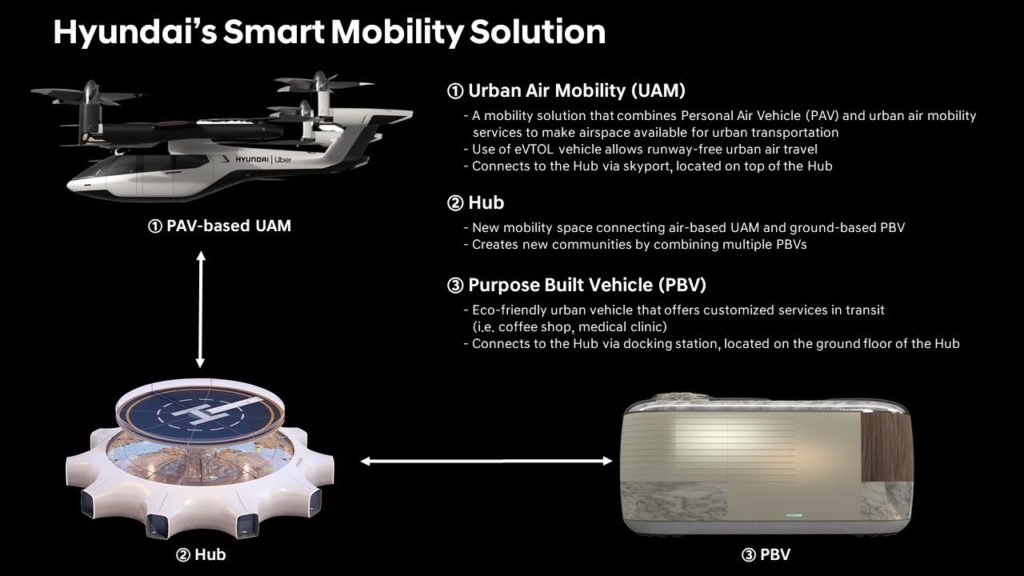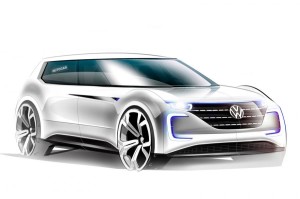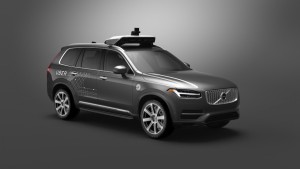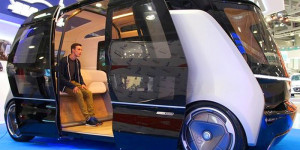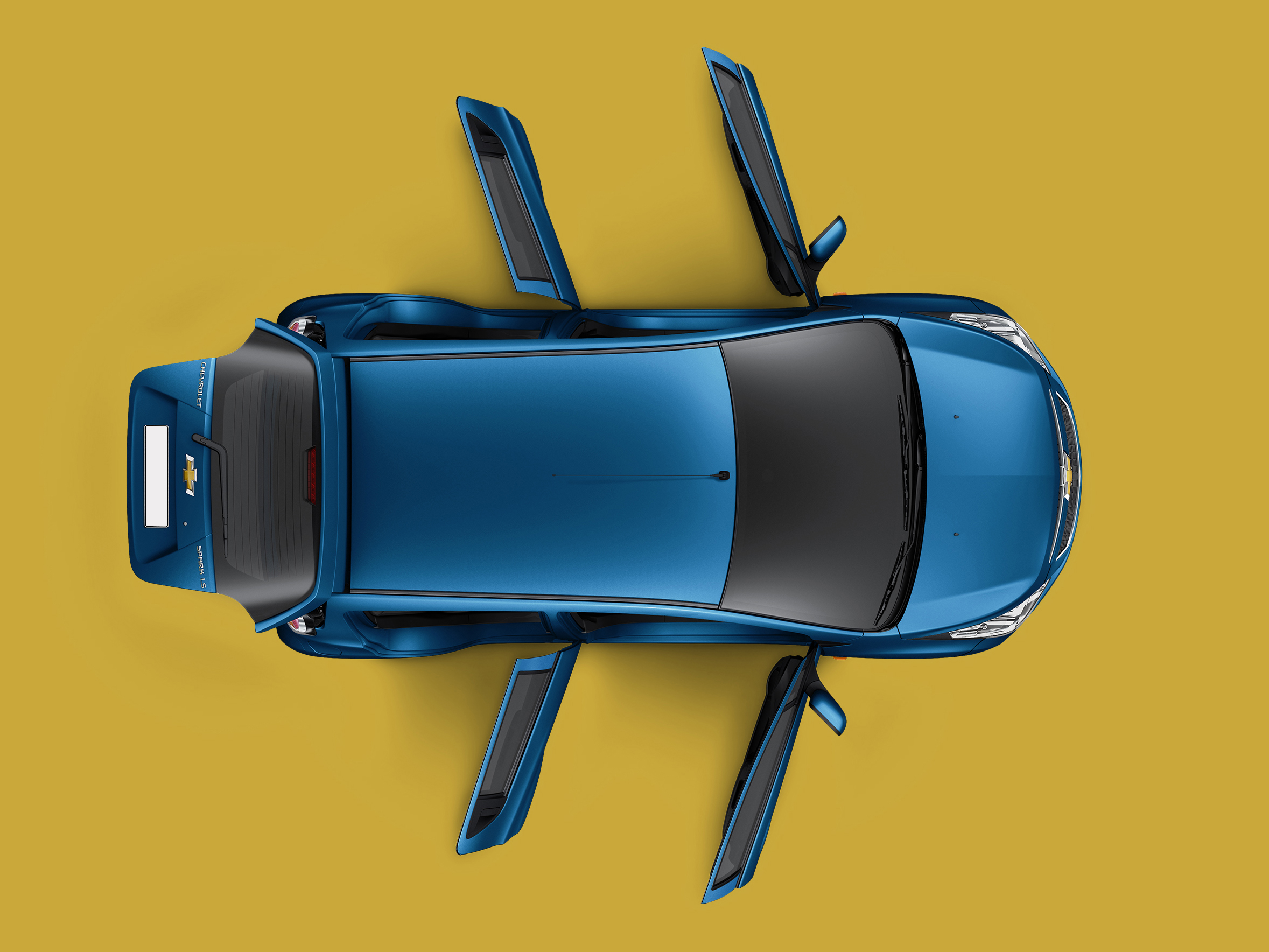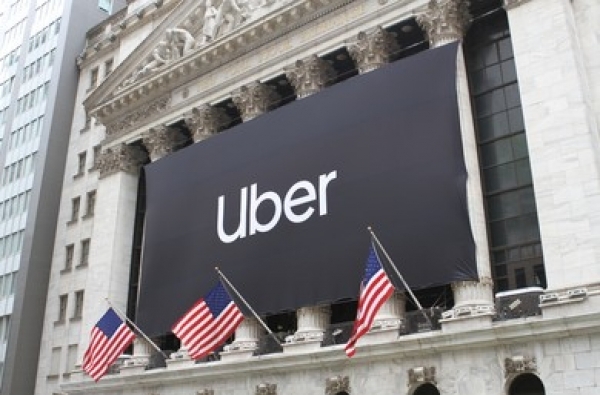
Much to the surprise of the public, Uber revealed its first profitable quarter after a decade of nothing but losses on Thursday (07/11/2021) announcing an adjusted profit of just US$8 million.
This is very low for a company for a net worth of their total assets coming to around US$33.252. Even better a company whose value is around US$91 billion.
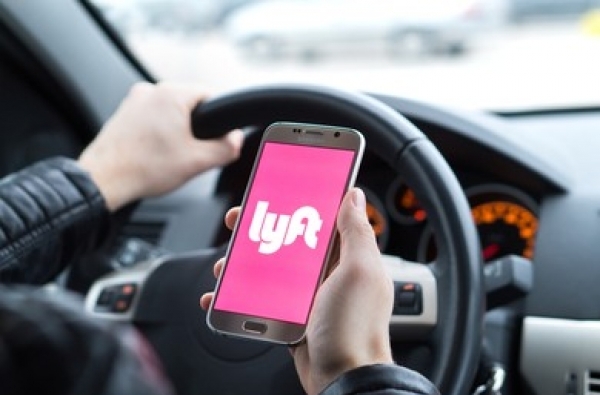
This is accompanied with Lyft earning a net profit of around US$67.3 million, for the second quarter in a row. Lyft went public in April of 2019 with a net valuation of US$24 billion dollars.
On interviewing the co-founder and president of Uber, it was found out that airport rides had gone up by a factor of 3 compared to last year. Considering the impact COVID-19 had on public movement this is a good sign. More movement on the weekends with more cab rides being booked indicates that the effects of the pandemic are slowly but surely reverting. While Uber still is missing 4 million active riders it had in 2019.
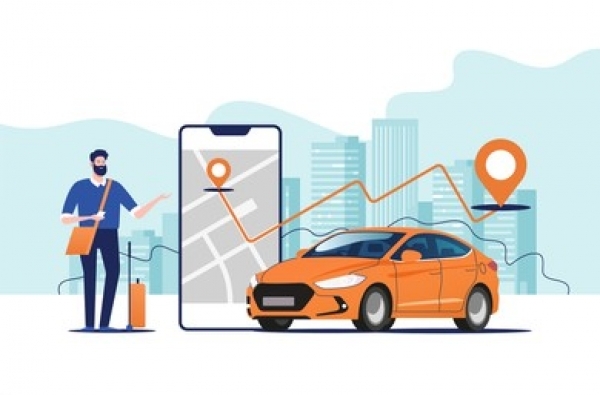
Across the world, cab sharing services like Ola (India) and Grab (Southeast Asia) are seeing similar results with profitable margins as well.
But this has not come without a cost. Based on research from Rakuten Intelligence, the cost of a ride from an app like Uber or Lyft in North America has gone up by up to 92%.
But what do these numbers mean for the average consumer.
- Costs have increased across the board for a ride in these apps which is not good.
- Uber making its first profitable quarter is an indication that the direction they are taking is a valid one.
- This can cause prices to increase
- Not to forget that as drivers protest for more rights, it puts pressure on the company to make margins elsewhere which is most likely from the pocket of the consumer.
- Another place where it can hurt is that companies will start engaging in aggressive cost cutting strategies which can affect the job market
- An example of this is Ola who recently cut 1400 jobs in the company as a method to save costs and reduce driver incentives
- Uber and Lyft also have deployed self-driving divisions in certain cities to reduce the role of drivers in the transaction.
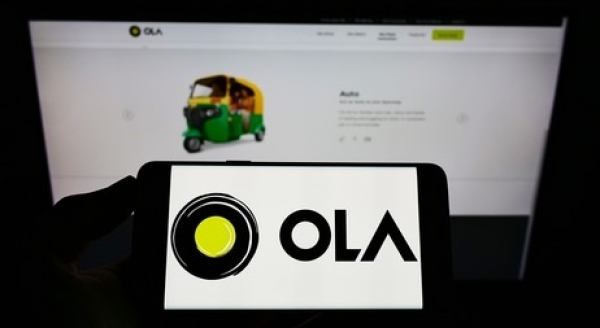
On the bright side, increasing costs encourages innovation much like how it did with Grab. Grab is now southeast Asia’s no.1 startup and is reaching a merger which will allow it to list in wall street. It is an all-in-one payment app, taxi app, food delivery and postal service app in one. This points to the future that now apps will to have diversify.
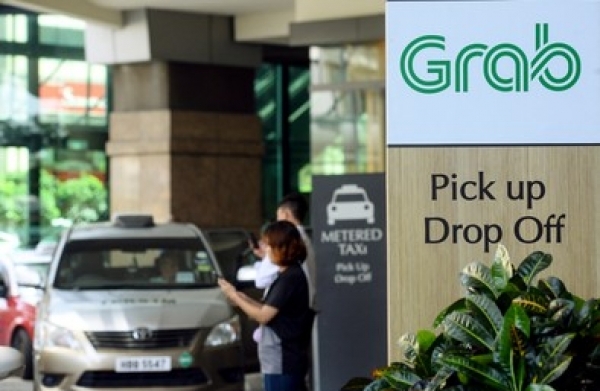
Looking at Uber alone proves this point. Uber earns 10% of its income from Uber Eats alone which is for food delivery.

So, to conclude, I would like to say that the return of Uber and other like-minded services starting to make profits in this year is a net positive as it indicates a return to life before pandemic where economic opportunity is available much more readily. But we must be careful of the future these cab sharing companies impose. A total control of the market by private companies is a sure shot way of creating a monopoly and crushing those who stand against it by force. Much attention must be paid to these companies and regulations need to be imposed to prevent them from using aggressive tactics to earn profits.
Sources:
https://www.ft.com/content/bcd71e2a-9ff2-4477-b995-ff82c5530bfb
https://en.wikipedia.org/wiki/Uber

